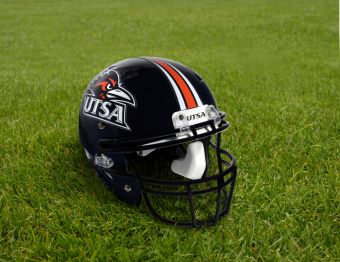The Dawn of New Era in Intercollegiate Athletics

The evolving landscape of intercollegiate athletics has changed dramatically over the last few months, thanks in large part to developments at the federal judiciary and state legislatures across the country.
Last month, in a unanimous decision in the National Collegiate Athletic Association v. Alston et. al. case, the Supreme Court of the United States (SCOTUS) held that the National Collegiate Athletic Association (NCAA) cannot prevent the provision of educational-related benefits for Division I men’s and women’s basketball and Football Bowl Subdivision (FBS) student-athletes. In so doing, SCOTUS made clear that, at least certain NCAA rules, are not immune from antitrust scrutiny. Indeed, SCOTUS found that there were no special characteristics of the collegiate sports industry that exempted it from the usual operation of antitrust laws. “The NCAA is not above the law”, as Justice Kavanaugh concluded in a scathing concurring opinion.
While the Alston decision is a narrow one – SCOTUS made clear that the case does not alter the NCAA’s rules limiting scholarships and other compensation to athletic performance – and while SCOTUS recognized the authority of the NCAA and its member institutions to establish a governing definition of benefits “related to education”, SCOTUS’s opinion (and particularly the Kavanaugh concurrence) represents a further chipping at the long-held amateurism ideal and sets the stage for further litigation challenging other NCAA rules on antitrust grounds. This will, in turn, have implications for non-revenue sports, institutional efforts to comply with Title IX, tax, immigration and other regulations, and the NCAA’s approach towards Name, Image and Likeness (NIL) issues.
Speaking of NIL, the 87th Texas Legislature passed, and Governor Abbott subsequently signed, SB 1385 -- relating to the compensation and professional representation of student-athletes participating in intercollegiate athletic programs at certain institutions of higher education. In so doing, Texas joins 21 other states that have enacted similar laws. Texas’s law, which came into effect on July 1, provides for, among other things, disclosure by student-athletes to institutions of proposed NIL arrangements, prohibition of such arrangements that conflict with institutional contracts or that involve certain industries, protection of scholarship and eligibility, ability to obtain agent or other professional representation, and establishment of financial literacy programs.
To avoid creating an uneven playing field, the NCAA adopted an interim policy just before the July 1 effective date of many of these state laws, allowing student-athletes to engage in NIL activities without running afoul of NCAA rules. Meanwhile, a number of proposed federal bills are percolating through Congress – including the College Athlete and Compensatory Rights Act (which is similar, in many ways, to most of the state counterparts), and the more ambitious and far-reaching College Athlete Bill of Rights (which, among other things, includes provisions for medical coverage and revenue share) – as they seek to provide a nationwide, standard solution to this issue. This area will no doubt continue to experience further change in the months ahead, but, for now, colleges and universities would be well advised to institute infrastructures and policies to properly manage any upcoming educational-related benefit and NIL activities.